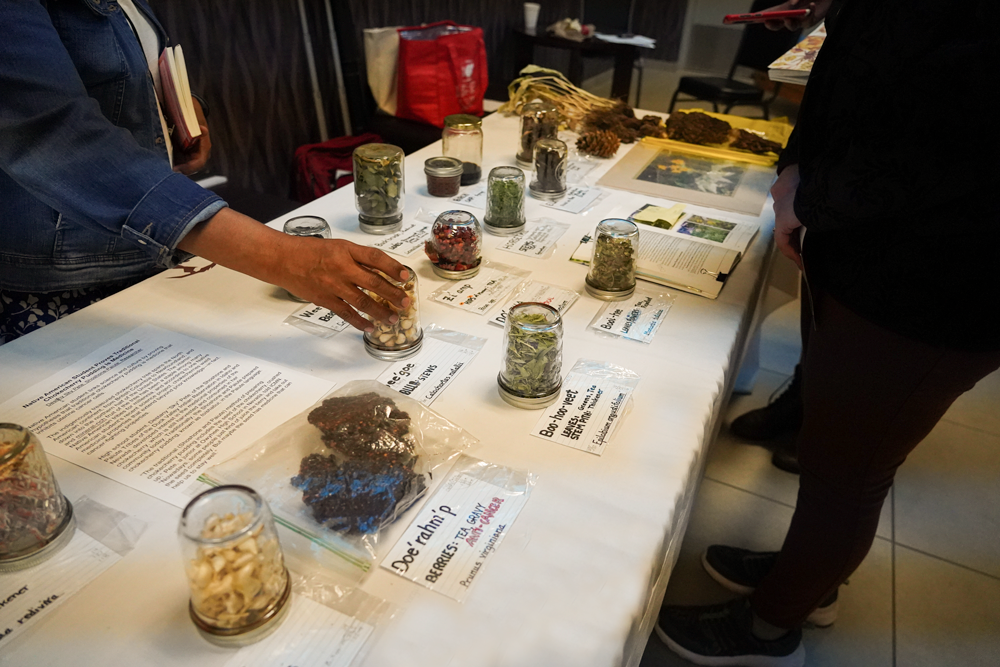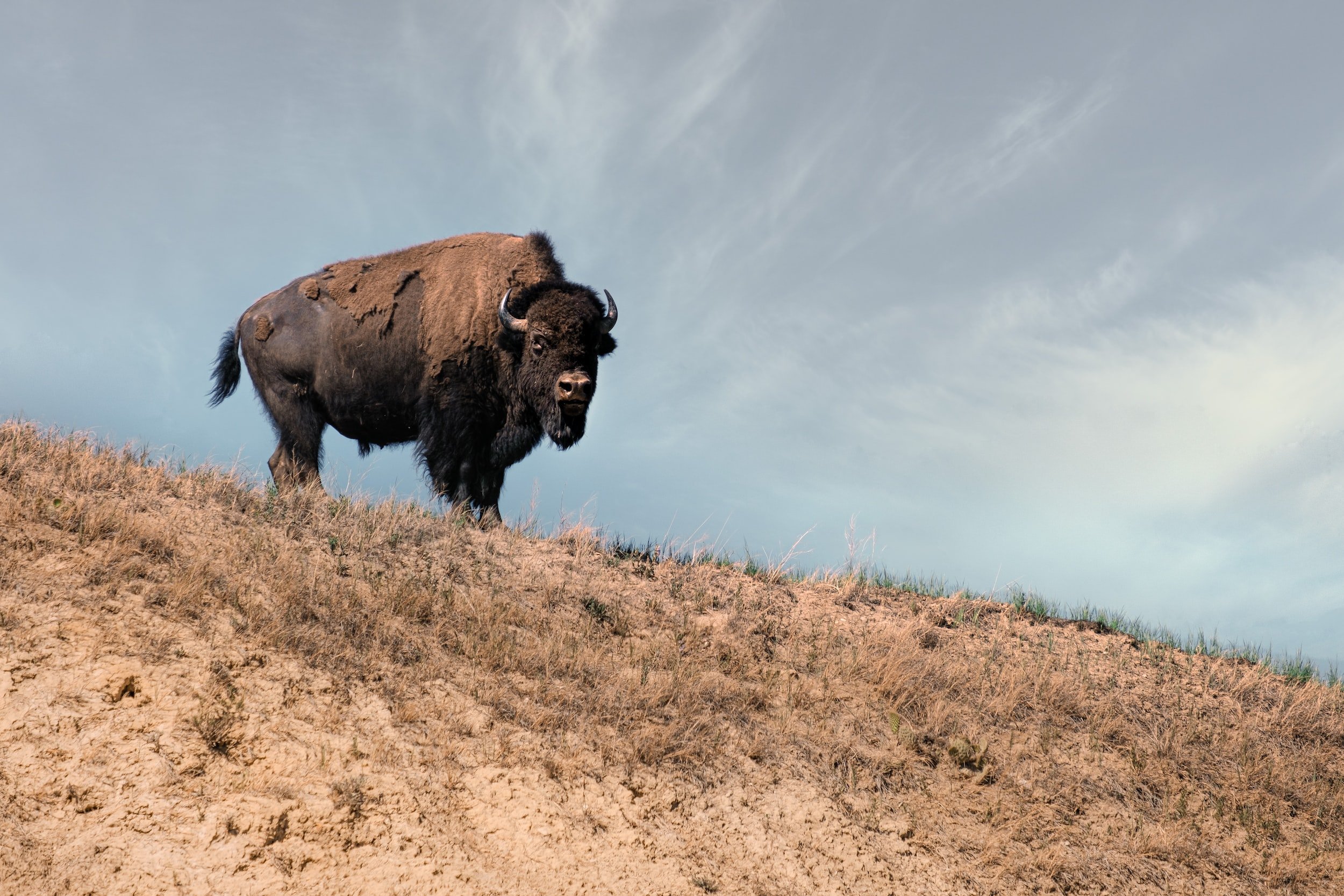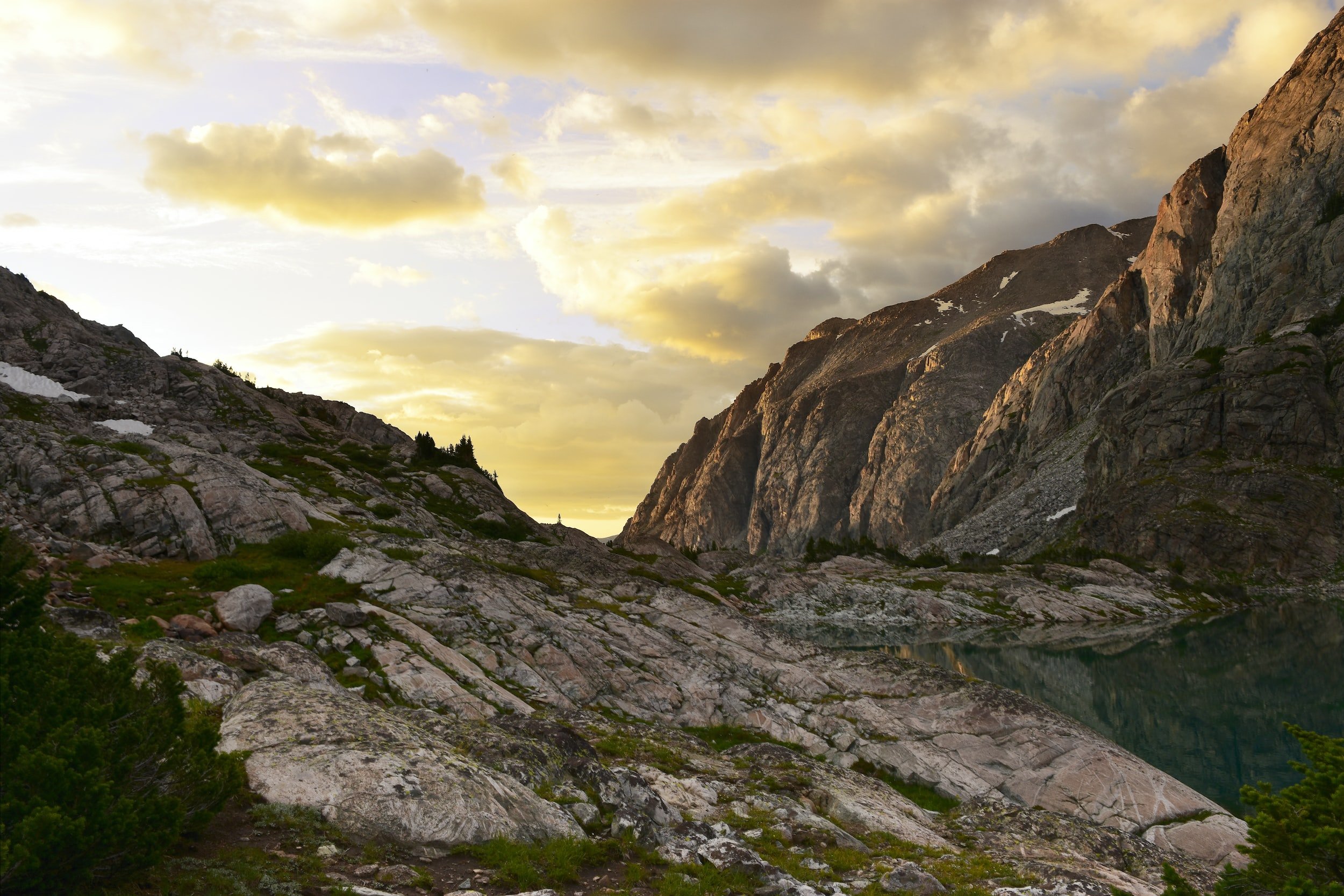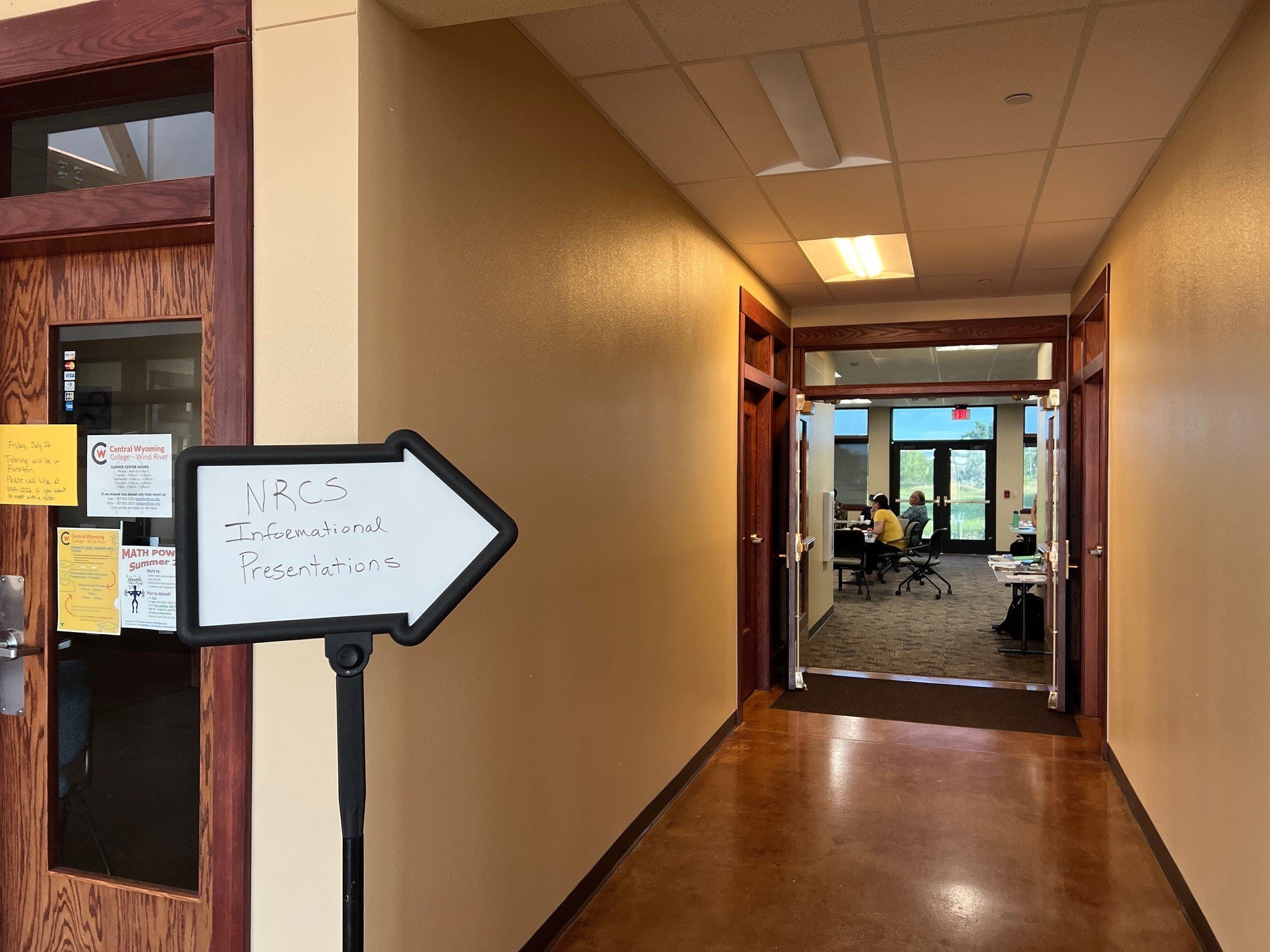
Strengthening Tribal Food and Culture
The landscape of Greater Yellowstone is vast, diverse, and wild. For millennia before the arrival European settlers to the region, Greater Yellowstone’s abundant bison herds, thriving fisheries, and lush native plant communities supported the spiritual, cultural, and nutritional needs of over 49 Tribes that either inhabited or regularly transited the landscape.
Since the arrival of European colonists in Greater Yellowstone, Indigenous food sovereignty – that is, the right and ability of Indigenous peoples to obtain culturally appropriate, sustainable foods and medicines – has been in decline. Among the most staggeringly impactful changes came with the near elimination of North American plains bison at the hands of white settlers and the United States government in the late 1800s. Bison had long been foundational to the well-being of countless Tribes; their near extinction had a profound impact on the Tribes of Greater Yellowstone and beyond. Across subsequent generations, environmental degradation, the subjugation of Traditional Ecological Knowledge, and systemic injustices against Tribes have all contributed to the loss of food sovereignty for Indigenous communities.

Food sovereignty and conservation are inextricably connected.
Healthy ecosystems containing native plant and animal communities are key to securing the future of the Greater Yellowstone Ecosystem and are central to the food sovereignty of the Indigenous communities of the region.
Within the Wind River Indian Reservation, efforts are underway to reconnect to ancestral foods and medicines and enhance the food sovereignty of Wind River communities. At the forefront of these efforts is the community group Restoring Shoshone Ancestral Food, which conducts research, hosts events, and educates Eastern Shoshone Tribal members on the identification, harvest, and preparation of traditional foods and medicines. Through our leadership role within the Water and Buffalo Alliance, which coordinates efforts with Restoring Shoshone Ancestral Food, the Greater Yellowstone Coalition supports this vital work.
Two additional components of our work to support and secure the food sovereignty of the Tribes of the Wind River Indian Reservation include the restoration of the Big Wind River and the expansion of Tribal buffalo herds. Through both advocacy and on-the-ground restoration projects, we are working to bolster stream flow, improve water quality, support fisheries, and restore healthy riparian corridors to the Big Wind River. Concurrently, we are supporting the expansion of Tribal buffalo herds by ensuring more wild Yellowstone bison are available to augment Tribal herds, advocating for the repatriation of lands within the Wind River Reservation that are currently managed by the federal government and, under Tribal management, could sustain additional buffalo, and providing advocacy support and capacity to Tribal leadership from the Eastern Shoshone and Northern Arapaho Tribes in order to support buffalo restoration.
By working to restore the fisheries and healthy riparian corridors of the Big Wind River, and by supporting the return of buffalo to Tribal lands, we can concurrently advance meaningful conservation objectives while helping to secure the food sovereignty of Indigenous communities.
Learn more about our Tribal work.




